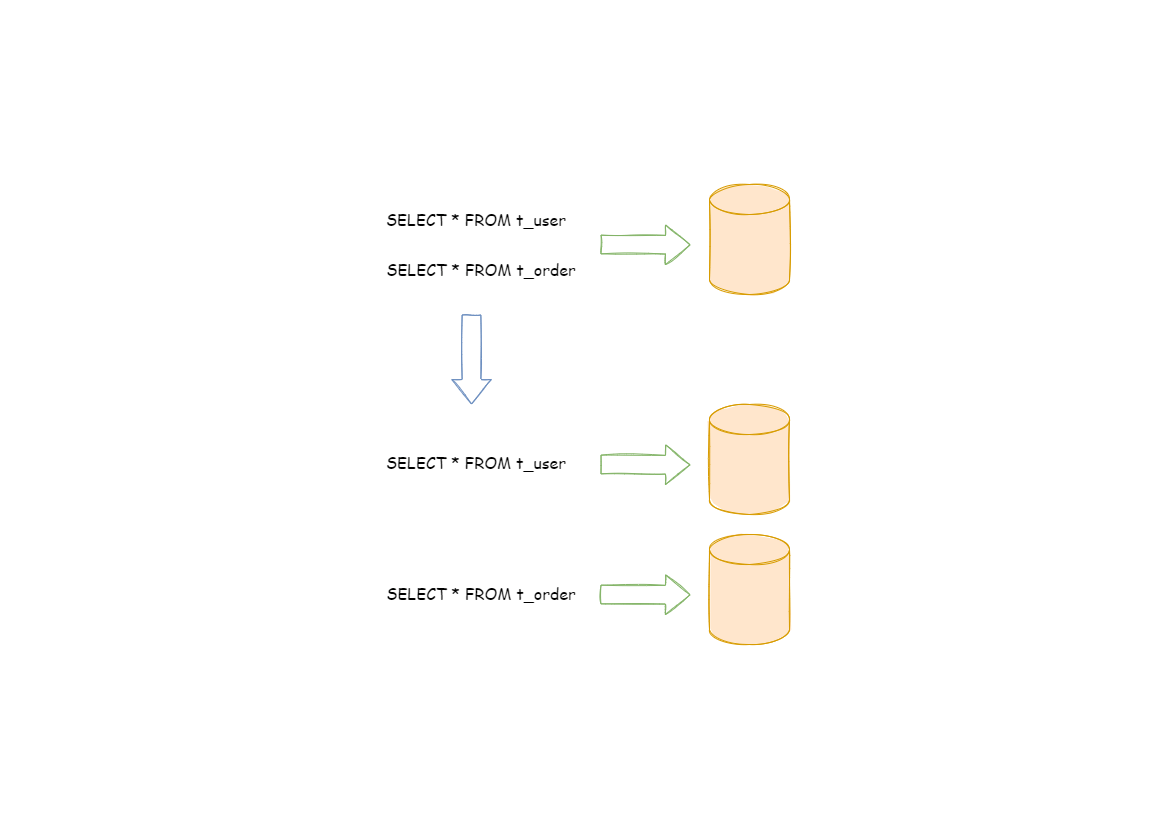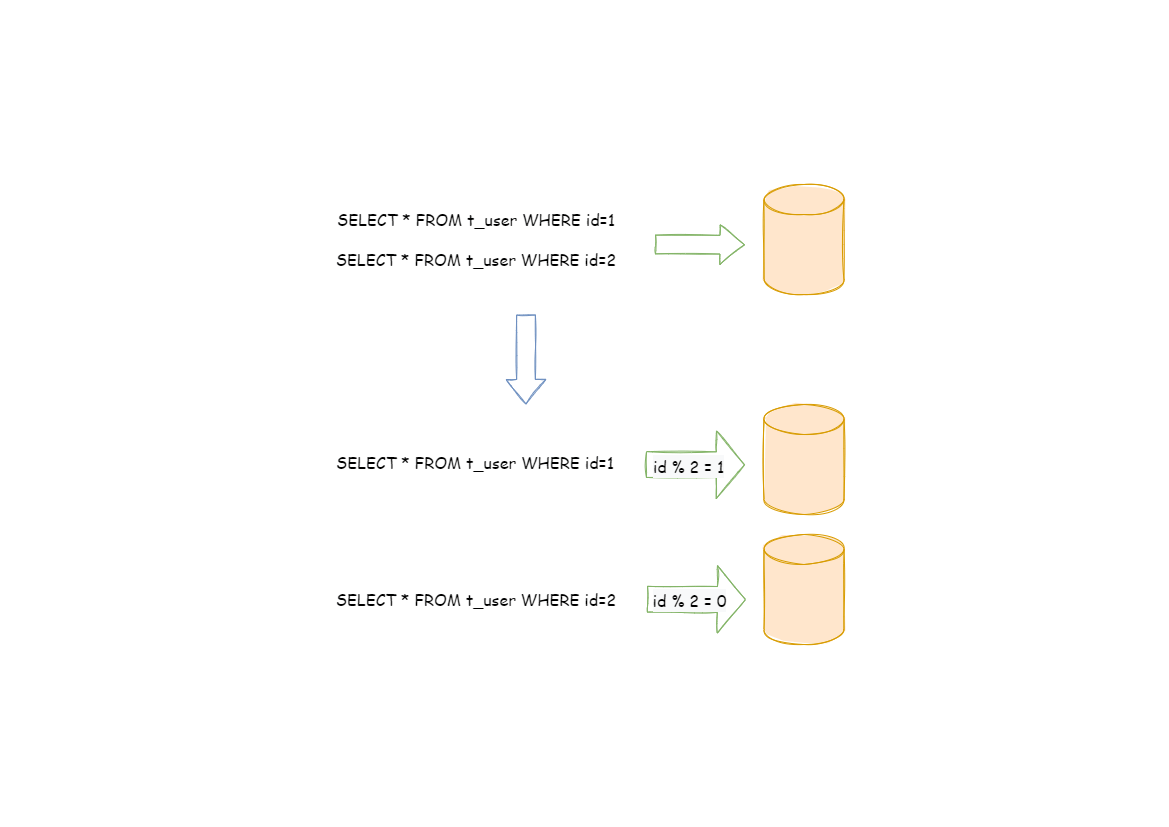Background
The traditional solution that stores all the data in one concentrated node has hardly satisfied the requirement of massive Internet data scenario in three aspects, performance, availability and operation cost.
In performance, the relational database mostly uses B+ tree index. When the data amount exceeds the threshold, deeper index will increase the disk IO access number, and thereby, weaken the performance of query. In the same time, high concurrency requests also make the centralized database to be the greatest limitation of the system.
In availability, capacity can be expanded at a relatively low cost and any extent with stateless service, which can make all the pressure, at last, fall on the database. But the single data node or simple replica query structure has been harder and harder to take these pressures. Therefore, database availability has become the key to the whole system.
From the aspect of operation costs, when the data in a database instance has reached above the threshold, DBA’s operation pressure will also increase. The time cost of data backup and data recovery will be more uncontrollable with increasing amount of data. Generally, it is a relatively reasonable range for the data in single database case to be within 1TB.
Under the circumstance that traditional relational databases cannot satisfy the requirement of the Internet, there are more and more attempts to store the data in native distributed NoSQL. But its incompatibility with SQL and imperfection in ecosystem block it from defeating the relational database in the competition, so the relational database still holds an unshakable position.
Sharding refers to splitting the data in one database and storing them in multiple tables and databases according to some certain standard, so that the performance and availability can be improved. Both methods can effectively avoid the query limitation caused by data exceeding affordable threshold. What’s more, database sharding can also effectively disperse TPS. Table sharding, though cannot ease the database pressure, can provide possibilities to transfer distributed transactions to local transactions, since cross-database upgrades are once involved, distributed transactions can turn pretty tricky sometimes. The use of multiple replica query sharding method can effectively avoid the data concentrating on one node and increase the architecture availability.
Splitting data through database sharding and table sharding is an effective method to deal with high TPS and mass amount data system, because it can keep the data amount lower than the threshold and evacuate the traffic. Sharding method can be divided into vertical sharding and horizontal sharding.
Vertical Sharding
According to business sharding method, it is called vertical sharding, or longitudinal sharding, the core concept of which is to specialize databases for different uses. Before sharding, a database consists of many tables corresponding to different businesses. But after sharding, tables are categorized into different databases according to business, and the pressure is also separated into different databases. The diagram below has presented the solution to assign user tables and order tables to different databases by vertical sharding according to business need.

Vertical sharding requires to adjust the architecture and design from time to time. Generally speaking, it is not soon enough to deal with fast changing needs from Internet business and not able to really solve the single-node problem. it can ease problems brought by the high data amount and concurrency amount, but cannot solve them completely. After vertical sharding, if the data amount in the table still exceeds the single node threshold, it should be further processed by horizontal sharding.
Horizontal Sharding
Horizontal sharding is also called transverse sharding. Compared with the categorization method according to business logic of vertical sharding, horizontal sharding categorizes data to multiple databases or tables according to some certain rules through certain fields, with each sharding containing only part of the data. For example, according to primary key sharding, even primary keys are put into the 0 database (or table) and odd primary keys are put into the 1 database (or table), which is illustrated as the following diagram.

Theoretically, horizontal sharding has overcome the limitation of data processing volume in single machine and can be extended relatively freely, so it can be taken as a standard solution to database sharding and table sharding.
Challenges
Though sharding has solved problems such as performance, availability and single-node backup and recovery, its distributed architecture has also introduced some new problems as acquiring profits.
One problem is that application development engineers and database administrators’ operations become exceptionally laborious, when facing such scattered databases and tables. They should know exactly which database table is the one to acquire data from.
Another challenge is that, the SQL that runs rightly in single-node databases may not be right in the sharding database. The change of table name after sharding, or misconducts caused by operations such as pagination, order by or aggregated group by are just the case in point.
Cross-database transaction is also a tricky thing that distributed databases need to deal. Fair use of sharding tables can also lead to the full use of local transactions when single-table data amount decreases. Troubles brought by distributed transactions can be avoided by the wise use of different tables in the same database. When cross-database transactions cannot be avoided, some businesses still need to keep transactions consistent. Internet giants have not massively adopted XA based distributed transactions since they are not able to ensure its performance in high-concurrency situations. They usually replace strongly consistent transactions with eventually consistent soft state.
Goal
The main design goal of the data sharding modular of Apache ShardingSphere is to try to reduce the influence of sharding, in order to let users use horizontal sharding database group like one database.